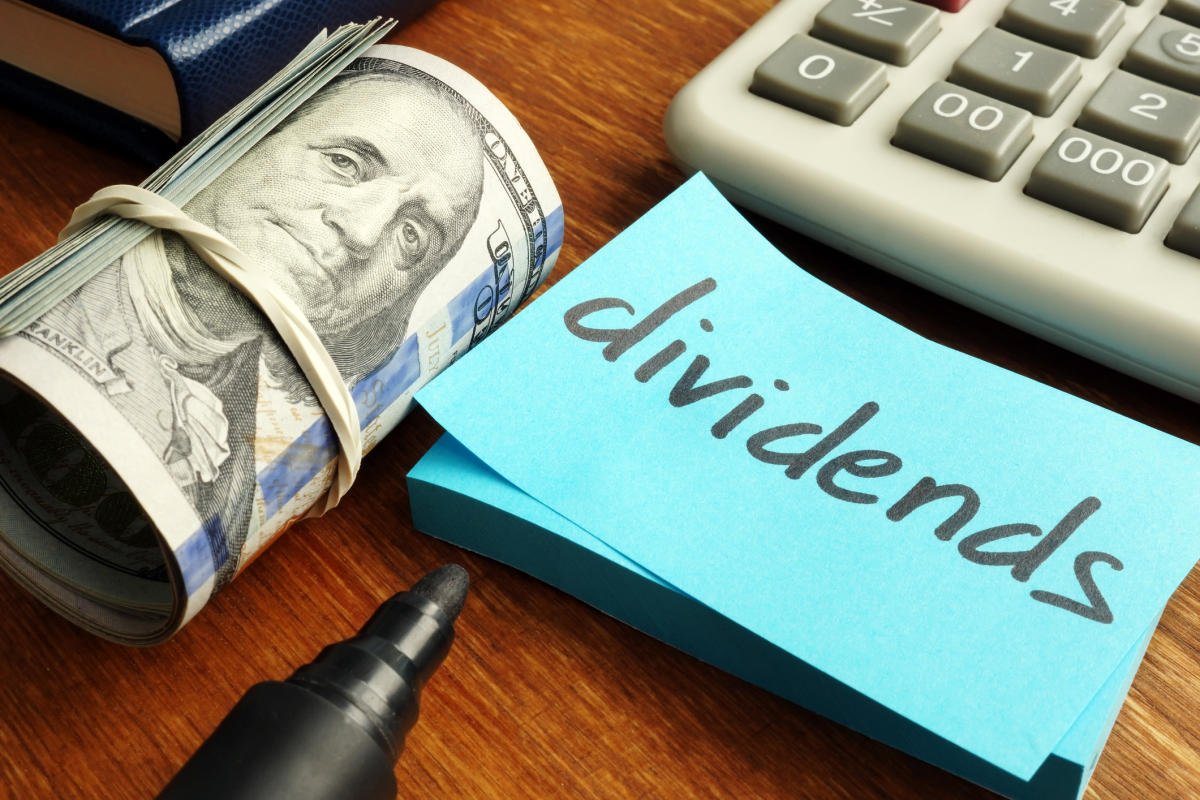Carlisle Companies (NYSE:CSL) has had a rough month with its share price down 13%. However, stock prices are usually driven by a company’s financial performance over the long term, which in this case looks quite promising. Particularly, we will be paying attention to Carlisle Companies’ ROE today.
Return on equity or ROE is a key measure used to assess how efficiently a company’s management is utilizing the company’s capital. In other words, it is a profitability ratio which measures the rate of return on the capital provided by the company’s shareholders.
How To Calculate Return On Equity?
ROE can be calculated by using the formula:
Return on Equity = Net Profit (from continuing operations) ÷ Shareholders’ Equity
So, based on the above formula, the ROE for Carlisle Companies is:
39% = US$834m ÷ US$2.2b (Based on the trailing twelve months to March 2025).
The ‘return’ refers to a company’s earnings over the last year. Another way to think of that is that for every $1 worth of equity, the company was able to earn $0.39 in profit.
View our latest analysis for Carlisle Companies
What Has ROE Got To Do With Earnings Growth?
We have already established that ROE serves as an efficient profit-generating gauge for a company’s future earnings. Depending on how much of these profits the company reinvests or “retains”, and how effectively it does so, we are then able to assess a company’s earnings growth potential. Generally speaking, other things being equal, firms with a high return on equity and profit retention, have a higher growth rate than firms that don’t share these attributes.
Carlisle Companies’ Earnings Growth And 39% ROE
To begin with, Carlisle Companies has a pretty high ROE which is interesting. Second, a comparison with the average ROE reported by the industry of 13% also doesn’t go unnoticed by us. Under the circumstances, Carlisle Companies’ considerable five year net income growth of 20% was to be expected.
Next, on comparing with the industry net income growth, we found that Carlisle Companies’ growth is quite high when compared to the industry average growth of 15% in the same period, which is great to see.

The basis for attaching value to a company is, to a great extent, tied to its earnings growth. What investors need to determine next is if the expected earnings growth, or the lack of it, is already built into the share price. Doing so will help them establish if the stock’s future looks promising or ominous. Has the market priced in the future outlook for CSL? You can find out in our latest intrinsic value infographic research report.
Is Carlisle Companies Making Efficient Use Of Its Profits?
Carlisle Companies has a really low three-year median payout ratio of 20%, meaning that it has the remaining 80% left over to reinvest into its business. So it looks like Carlisle Companies is reinvesting profits heavily to grow its business, which shows in its earnings growth.
Besides, Carlisle Companies has been paying dividends for at least ten years or more. This shows that the company is committed to sharing profits with its shareholders. Upon studying the latest analysts’ consensus data, we found that the company is expected to keep paying out approximately 18% of its profits over the next three years.

Conclusion
On the whole, we feel that Carlisle Companies’ performance has been quite good. In particular, it’s great to see that the company is investing heavily into its business and along with a high rate of return, that has resulted in a sizeable growth in its earnings. With that said, the latest industry analyst forecasts reveal that the company’s earnings growth is expected to slow down. To know more about the company’s future earnings growth forecasts take a look at this free report on analyst forecasts for the company to find out more.
New: AI Stock Screener & Alerts
Our new AI Stock Screener scans the market every day to uncover opportunities.
• Dividend Powerhouses (3%+ Yield)
• Undervalued Small Caps with Insider Buying
• High growth Tech and AI Companies
Or build your own from over 50 metrics.
Have feedback on this article? Concerned about the content? Get in touch with us directly. Alternatively, email editorial-team (at) simplywallst.com.
This article by Simply Wall St is general in nature. We provide commentary based on historical data and analyst forecasts only using an unbiased methodology and our articles are not intended to be financial advice. It does not constitute a recommendation to buy or sell any stock, and does not take account of your objectives, or your financial situation. We aim to bring you long-term focused analysis driven by fundamental data. Note that our analysis may not factor in the latest price-sensitive company announcements or qualitative material. Simply Wall St has no position in any stocks mentioned.
















